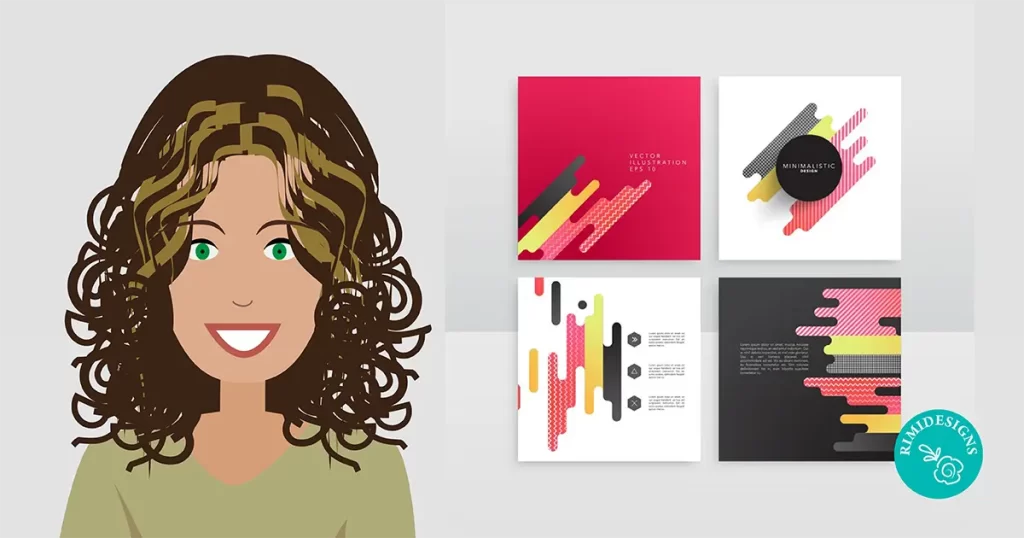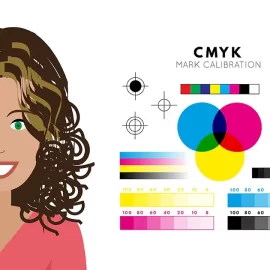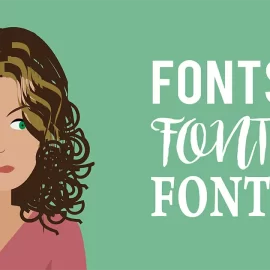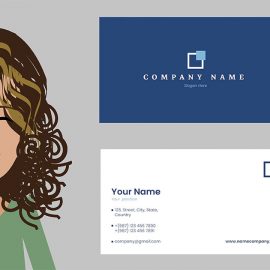
The Art of Choosing the Right Print Paper
Choosing the right paper for your printed media can be tricky. Paper tells about the function of the product, it’s feeling and quality. Therefore it’s a crucial part of the overall experience of your final product.
Best of all, is to start thinking about the choice of paper even before you start your work on the computer, not only to get the feeling right but also because of printing issues and costs. You can then optimise the production and design according to the paper of your choice.
Here are some of the things to keep in mind about the use of paper for your printed media production.
The paper choice
To choose between the function and quality of a paper isn’t easy. Sometimes you’ll find a paper that you really want to work with, but in the end you realise that if you choose it, the production cost will go up significantly.
This is usually just a concern when you work with a bigger production and need a lot of paper, then the price will escalate quickly. But even smaller projects can have problems with cost, especially if you choose unusual inks or post processing methods. So choosing a paper that’s cheap, but still good for your product, can be tricky.
It’s therefore recommended that in the beginning of your project, you take your time and think though a few issues.
- What is your final product? It can be a book, poster, flyer, business card, etc.
- How long would you like the durability of the product to last? A book that will be read throughout the years should definitely be planned for a longer durability than a one day flyer.
- What feeling do you want your product to give the receiver? Should it be fancy? Cheap? Solid? Traditional?
- What kind of material will the product be handling? Will it be spread after spread with large photos? Or a textbook?
After you’ve answered these questions, you can take a look at the different elements that can be crucial for your paper choice.
What distinguishes different papers?
Coated or uncoated?
The decision to use either coated or uncoated paper is probably the one choice that will affect the overall feeling of your product the most. So choose carefully.
Coated papers have china clay or other kinds of coating applied to one or both sides. It comes in a variety of smoothness, like matte, semi-matte or silk and gloss.
All of the above, except matte-coated papers, are usually best for printing photographs and other kinds of art. Why is that? Because of the paper quality, the ink in the printer doesn’t get absorbed by the paper fibres but stays at the top. This gives brighter colours and the paper a somewhat glossy finish.
The uncoated paper, which has a rough, natural feel to it, is preferred before coated paper for productions that include lots of text. With this paper, the printer ink gets inside the top layer of the paper and sinks into the fibres beneath.
The thing to consider is that a glossy coated-paper reflects light more than uncoated paper does. This can sometimes make it harder to read longer texts.
Still, the final decision should be all about what feeling you want to achieve with your product.
Usually, coated paper is used for:
- photography
- illustrations
- things that should “pop”
Often uncoated paper is used for:
- books
- daily magazines
You’ve probably already noticed that all kinds of in-betweens exist when it comes to the choice of coated or uncoated paper. One example is, that the use of uncoated paper has increased as an alternative for catalogues and brochures to give them a more unique and exclusive feel.
Thickness and weight
The weight of a paper is tricky to write about and is measured in grams per square metre (gsm).
As for the thickness, the more a sheet of paper weights, the thicker and/or stiffer it is. This is often measured by caliper, which is typically given in thousandths of an inch.
Some guidelines:
- 60gsm to 120gsm – Standard weight paper
- 120gsm to 180gsm – Quality prints, such as high-end stationary and posters
- 180gsm – 300gsm – Business cards, book covers, etc.
- 300gsm+ – Premium business cards, presentation folders ,etc.
Opacity
A paper’s opacity describes the amount of light which is transmitted through it. This determines how much printing will be seen through the reverse side of a sheet. Complete opacity is 100 per cent, which means that no light can pass through, while a lower percentage lets more light through.
Opacity is important to have in mind when printing booklets, as a sheet with good opacity will prevent “show-through text” when printing on both sides.
A paper’s opacity can increase or decrease depending on the use of different fillers, but also by its weight, whiteness or coating.
Brightness
The brightness measures the percentage of a wavelength of blue light that a sheet reflects. It’s typically expressed on a scale of 1 to 100, with 100 being the brightest. Most papers reflect 60-90 per cent of light.
The brightness of a paper can effect readability, the perception of ink colour and the contrast between light and dark hues.
Some last things to consider
- Acid-free papers are not as yellowing as other papers.
- Uncoated papers aren’t always cheaper than coated.
- Coloured papers are usually more expensive than white.
- The post processing can affect which paper you’ll be able to use.
Conclusion
Always start by defining your final product. Is there anything special you should think about, in terms of printing or post production? The next step is to choose the function and quality you want your paper to have. Take your time to think through if you want coated or uncoated paper, what weight and opacity you wish to use.
One last tip is to always check with your local printing service. Ask them what paper they recommend and what they have in stock, at the moment. This can, in some cases, help you out getting away with a better result and a much cheaper paper.
SOURCE: Envato Tuts+



